Glitter, Grief, and Gay Bars: The Struggle with Substance Abuse
Gay Chemsex and The Path To LGBT Substance Abuse
A Research-Based Deep-Dive.
Author & columnist, featured on HBO, NPR, and in The New York Times
GAY SUBSTANCE ABUSE
In the glittering, often tumultuous world of the LGBTQ community, where the parties are as vibrant as a Pride parade, a less colorful narrative lurks in the shadows—substance abuse.
This isn't your average Friday night beer pong; we're talking a cocktail of challenges that hit gay and bisexual men harder than a Cher farewell tour. The statistics are as stark as they are startling, revealing that gay men are 122% more likely to use drugs than their straight counterparts. But why such a staggering disparity?
The reasons are as multifaceted as a disco ball, casting light on the complex interplay of social, psychological, and cultural factors that contribute to this elevated risk. From the pressures of navigating a heteronormative society to the scars left by discrimination and exclusion, the layers of minority stress are deep and impactful. Add to this the sanctuaries of acceptance found within the nightlife and party scenes, and you begin to see how celebration can sometimes spiral into escape.
We're going to peel back the layers, exploring the myriad reasons behind this heightened vulnerability. We'll delve into the nuances of identity, the shadows of stigma, and the search for belonging that can lead to risky behaviors. It's a journey through the highs and lows, the glitter and the darkness, to understand the complex relationship between substance use and the pursuit of acceptance in the LGBTQ community.
gay men and drugs
How Homophobia Fuels Substance Abuse Among Gay Men
Before we dive into the depths of gay substance abuse, let's lay the groundwork to grasp why gay men are a staggering 122% more likely to turn to drugs than their straight counterparts. This isn't just about partying harder or living on the edge; it's about a complex web of societal, emotional, and personal battles that many gay men face daily.
The Foundation of Fear and Conflict
At the heart of the matter is the internal conflict and fear stemming from simply being gay in a world that hasn't fully embraced diversity. The question "Why am I gay?" isn't just a passing thought but a deep-seated inquiry that can lead to intense self-scrutiny and, in harsher environments, self-loathing. This isn't about navel-gazing; it's about survival in a society that often questions your very existence.
The Bible and the Battle Within
Religion adds another layer of complexity, especially with interpretations of what the Bible says about homosexuality. For many, these religious teachings aren't just ancient texts but words that have shaped family and community beliefs.
The conflict between faith and identity can be a breeding ground for internalized homophobia, leading to a profound sense of alienation and despair.
Numbers and Isolation
When we talk about the LGBTQ population, we're not just talking statistics. Understanding "How many of us are there?" isn't about feeling special or exclusive; it's about realizing you're not alone.
Yet, despite growing visibility, the sense of isolation can be overwhelming, especially in less accepting environments.
The Coming Out Crucible
"Coming Out" isn't a one-time event; it's a continual process of asserting one's truth in the face of potential rejection. The fear of losing loved ones, the threat of being ostracized, and the sheer vulnerability required can be emotionally taxing, pushing many towards substances as a temporary escape from pain. See our Coming 0ut As Gay guide to prevent or minimize the pain of coming out of the closet. You can also read inspiring coming out stories here.
The Shadow of HIV
The specter of HIV, particularly the anxiety around the chances of HIV from a one-night stand, looms large. Despite advances in treatment and prevention, the fear of HIV remains a potent source of anxiety, influencing behaviors and perceptions within the gay community.
The Twin Demons: Depression and Physical Health
Depression is not just a buzzword here; it's a stark reality for many gay men, exacerbated by societal rejection, familial estrangement, and personal battles with identity.
This mental health struggle, coupled with concerns about physical health and the fear of diseases like HIV, creates a fertile ground for substance use as an ill-advised coping mechanism.
The Echo Chamber of Mental Health
Mental health isn't just about battling depression; it's about confronting internalized homophobia and the relentless questioning of one's worth. The constant bombardment of negative messages, both overt and subtle, can erode self-esteem, making drugs seem like an appealing buffer against pain.
The Final Straw: Suicide
When the weight of these issues becomes unbearable, some see suicide as the only escape. It's a grim reality that underscores the urgency of addressing the underlying causes of substance abuse in the gay community.
This intricate mosaic of challenges sets the stage for why substance abuse is not just prevalent but disproportionately high among gay men. It's not about a lack of moral fiber or an inherent predisposition to partying; it's about seeking solace in substances when the world seems too harsh to face sober.
Understanding this context is crucial to unraveling the complexities of gay substance abuse and paving the way for more compassionate and effective interventions.
gay men and drugs
Understanding Substance Use Among Gay Men
Diving headfirst into the glitzy yet perplexing world of LGBTQ nightlife, it's impossible not to notice the elephant in the room—or should we say, the glittery unicorn? Yes, we're talking about substance use, a topic that's as sticky as the floor of a dance club at 3 AM.
Now, before you roll your eyes and think, "Here we go, another sob story," let's get something straight (pun intended): this isn't about casting a dark cloud over the rainbow; it's about shedding light on a real issue with the seriousness it deserves, peppered with a bit of humor because, let's face it, we could all use a laugh.
What's not so funny? Research indicates that gay and bisexual men exhibit higher levels of substance use compared to heterosexual men. One study reported that 39.1% of gay men and 45.8% of bisexual men used illicit drugs in the past year, compared to 30.3% of heterosexual men.
When it comes to gay men and drugs, the stats are more eye-opening than a double shot of espresso. Gay and bisexual men are hitting the substance use scene harder than a Lady Gaga anthem hits the dance floor.
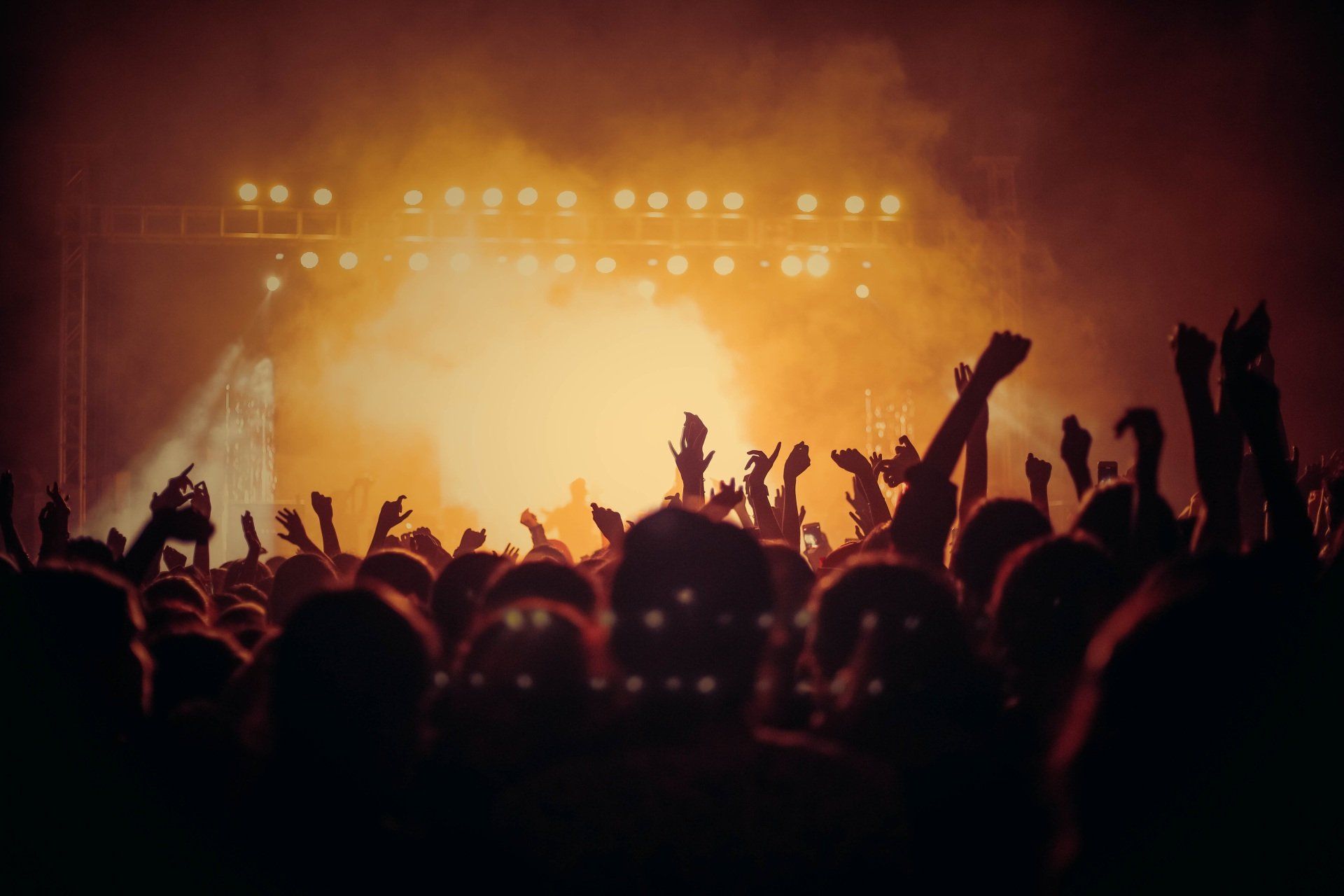
But why? Is it the allure of gay party drugs that promise an escape from the mundane or perhaps a way to amp up the party vibes? Or maybe it's something deeper, like seeking a chemical camaraderie in a world that sometimes feels like it's playing by different rules.
Now, let's talk about gay men and meth, a duo more infamous than Britney and K-Fed (remember them?). Methamphetamine use isn't just a plotline for a gritty TV drama; it's a reality for a concerning number of gay and bisexual men.
The reasons? Complex and varied. But at the heart lies a cocktail of minority stress, the need for connection, and yes, the pursuit of heightened pleasure. It's like meth becomes the guest you never invited to the party but shows up anyway, promising to turn up the fun dial while quietly turning down the lights on your wellbeing.
And speaking of parties, "gay party and play" (PnP) has become a term that's as synonymous with the gay party scene as glitter and disco balls. For the uninitiated, PnP refers to the use of drugs like meth to enhance sexual experiences during parties.
It sounds like all fun and games until it's not. What starts as a night of uninhibited fun can spiral into a vortex of dependency and risky behaviors, leaving even the most seasoned partygoers wondering, "How did I get here?"
But here's the kicker: while many dive into the night with the intention of simply celebrating who they are in the most fabulous way possible, the shadow of substance abuse can turn the party sour.
It's a fine line between using substances to amplify the fun and using them to silence the demons of discrimination, internal conflict, and societal pressures—a line that's all too easy to blur when the music's loud, and the lights are dazzling.
In this neon-lit jungle, gay substance abuse becomes more than just a buzzkill phrase—it's a stark reality for too many. But it's not all doom and gloom.
By pulling back the curtain on this issue, we start a conversation that's desperately needed. One that acknowledges the vibrancy and resilience of the gay and bisexual community while also recognizing the challenges that lurk beneath the surface.
So, as we delve deeper into this topic, let's keep the dialogue open, honest, and, whenever possible, a tad humorous. Because if there's one thing the LGBTQ community knows how to do, it's facing adversity with a smile and a sashay away.
gay men and drugs
Factors Contributing to Higher Substance Use
Meet Michael Chen, a 29-year-old marketing whiz with a smile that could light up Times Square. Michael's story isn't just one of success and sequins; it's also about navigating the murky waters of "gay chemsex" parties, where the promise of connection and ecstasy often comes hand-in-hand with a side of substances. It's like trying to find love in a hopeless place, where the line between pleasure and peril is as thin as a VIP list.
But why, you ask, do Michael and many others find themselves caught in this whirlpool? Let's break it down with some cold, hard facts and figures, shall we?
For starters, the prevalence of substance use in the LGBTQ community isn't just a matter of choice or lifestyle; it's intricately linked to the social, psychological, and environmental thunderstorms these individuals weather daily.
Picture this: You're living in a world where, despite leaps in rights and acceptance, discrimination and stigma still lurk around corners, sometimes where you least expect them.
This isn't just speculation; studies have shown that LGBTQ individuals face higher rates of trauma, rejection, and even violence, simply for being who they are. These aren't just bumps in the road; they're potholes the size of craters, capable of derailing even the most fabulous of parades.
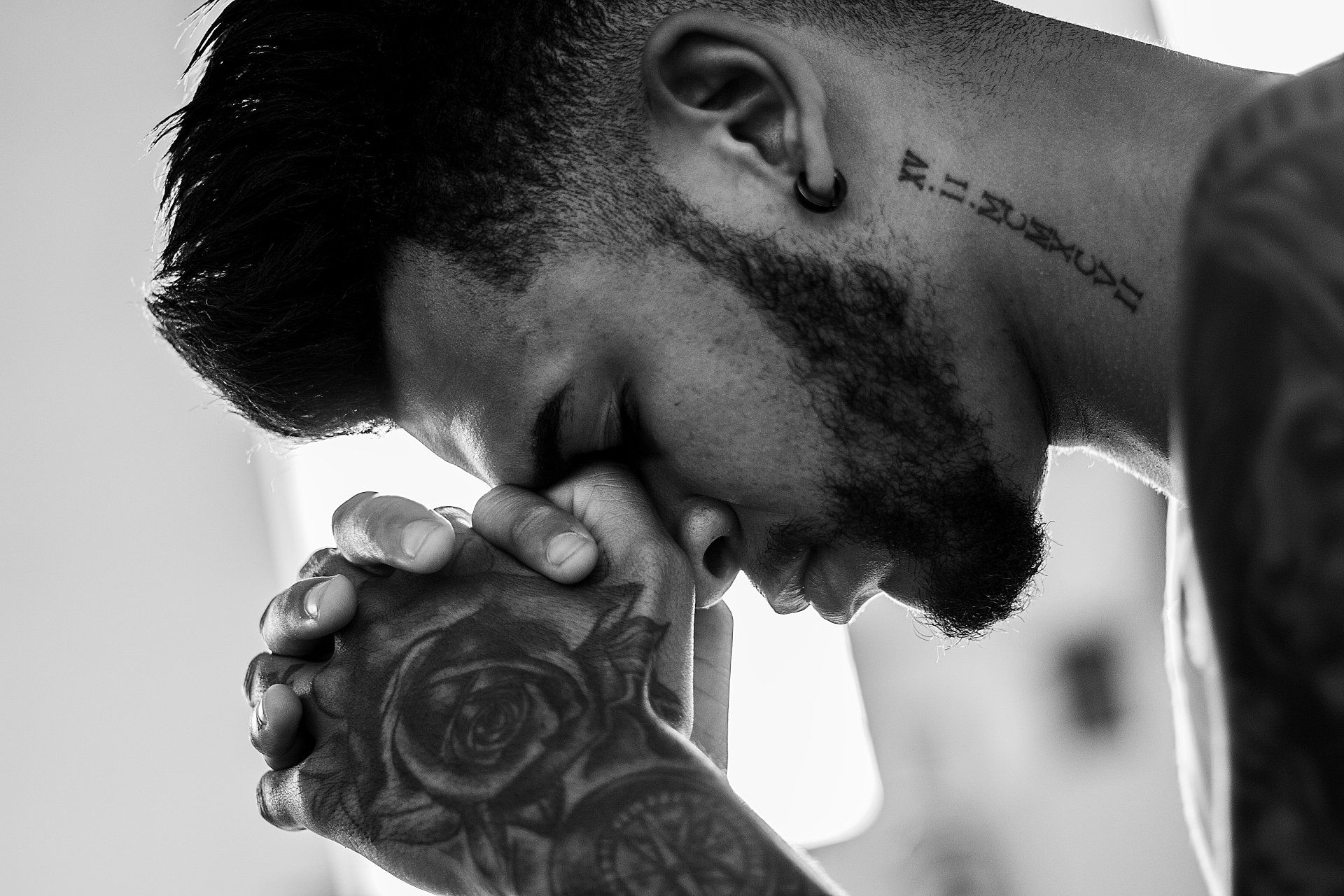
Now, add to this cocktail the potent spirit of minority stress—the chronic social stress experienced by members of stigmatized minority groups. It's like walking around with a backpack filled with bricks of societal expectations, homophobic slurs, and the occasional misguided "bless your heart." For some, substances become a way to lighten that load, even if just for a night.
And then there's the environment—oh, the environment. Gay bars and clubs, often sanctuaries of self-expression and acceptance, can also become hotbeds for substance use. It's in these spaces that the line between celebration and excess blurs, where the pursuit of liberation sometimes leads to chains of a different kind.
But let's circle back to Michael. His journey through the highs and lows of chemsex parties isn't just a tale of personal struggle; it's a reflection of a broader narrative, one that encompasses the joys and pitfalls of seeking connection in a world that often feels like it's set to hard mode.
So, as we delve deeper into the factors contributing to higher substance use among gay and bisexual men, let's remember the Michaels of the world. Their stories aren't just cautionary tales; they're windows into the resilience and vulnerability of a community that continues to dance, even when the music stops. And perhaps, by shining a spotlight on these issues, we can turn the beat around, fostering environments where the only thing people are high on is life itself.
gay party drugs
Risks and Consequences of Substance Abuse
As we shimmy down the rabbit hole of substance abuse in the LGBTQ community, it's time to swap our dancing shoes for something a tad more serious.
We're venturing into territory that's as treacherous as trying to walk in six-inch heels after one too many cocktails. This isn't about the morning-after headache; it's about the long-term party favors that nobody asked for—health risks that linger long after the disco ball stops spinning.
Let's talk about Ethan Taylor, a 35-year-old freelance photographer with an eye for beauty and a penchant for the nightlife. Ethan, like many in his circle, found himself entangled in the web of gay party drugs, where every weekend promised an escape, a release. But what started as occasional indulgence spiraled into a vortex, with methamphetamine taking center stage in a drama Ethan never auditioned for.
Now, hold on to your hats, because here come the stats, and they're as sobering as a cold shower. Studies have shown that substance use, especially in the context of "gay chemsex" scenarios, significantly ups the ante for risky behaviors.
We're not just talking about texting your ex at 2 a.m.; we're talking about behaviors that can alter the course of lives—like unprotected sex, which skyrockets the risk of HIV transmission. It's a game of Russian roulette where the stakes are as high as the highs.
And speaking of highs, let's zero in on methamphetamine, the guest that overstays its welcome in the bodies and lives of many gay and bisexual men. Meth isn't just a bad date; it's a toxic relationship that wreaks havoc on the mind and body.
Its use is linked to a laundry list of health issues that could make even the most seasoned doctor's head spin. From dental disaster stories worthy of a Halloween horror night (ever heard of "meth mouth"?) to the heart and nerve damage that's as silent but deadly as a ninja, meth takes no prisoners.
But the plot thickens when we consider the impact on mental health. Ethan, with his creative spirit and zest for life, found himself in a battle against anxiety, depression, and a shadow of his former self, all courtesy of his uninvited plus-one, methamphetamine. It's a stark reminder that the mind is as vulnerable as the body in this dance with substances.
Here's the kicker: the mental and physical health risks associated with substance abuse in the LGBTQ community aren't just individual battles; they're part of a larger war against a society that still, in many ways, refuses to embrace diversity fully.
Each statistic, each health scare, is a story of struggle, resilience, and the human spirit's indomitable will to seek joy even in the darkest corners.
So, as we pull back the curtain on the health risks tied to substance abuse among gay and bisexual men, let's remember the Ethans of the world. Their stories are not just cautionary tales but calls to action—a plea for understanding, support, and a world where the only highs are the ones that come from living openly, freely, and healthily. Because at the end of the day, the truest form of celebration is one where we honor not just our freedoms but also the vessels that carry us through this dance of life.
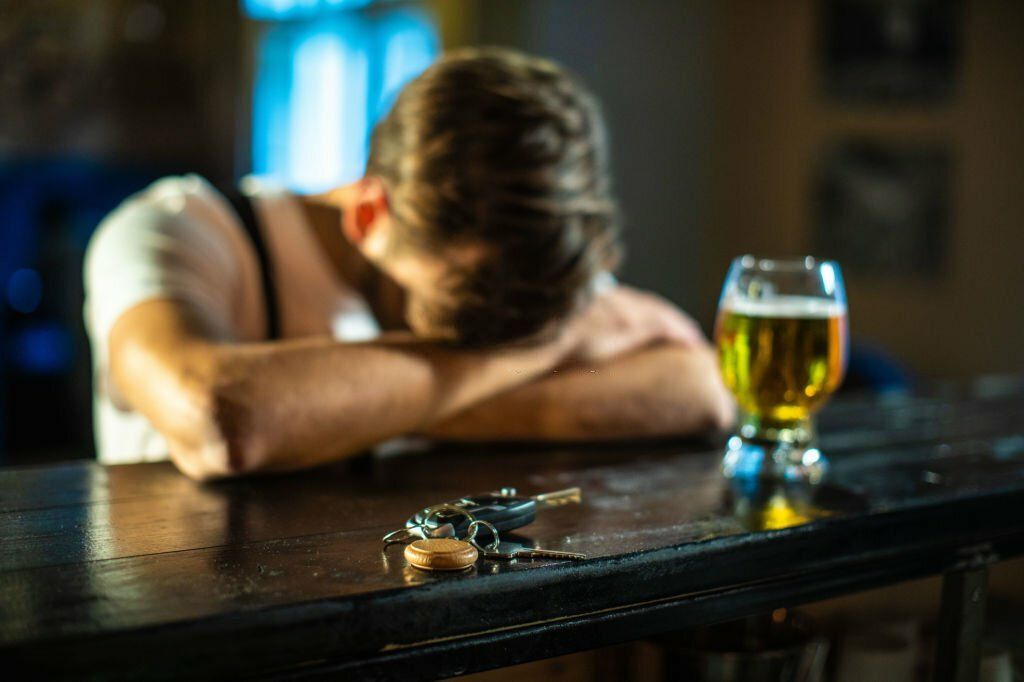
gay substance abuse
Mental Health and Substance Abuse
Addressing the intertwined issues of mental health and substance abuse within the LGBTQ community requires a deeper, more nuanced conversation.
Let's take a closer look at the lived experience of someone like Alex Turner, a 34-year-old teacher, whose journey encapsulates the challenges faced by many gay men.
Alex's descent into substance abuse began as an occasional indulgence in gay party drugs at local events, a common narrative where the vibrant LGBTQ nightlife often becomes a backdrop for more serious issues.
Initially, these substances seemed like a gateway to confidence and social ease, but the reality was far grimmer. The morning after these nights, Alex would wake up with more than just a physical hangover; he'd find himself trapped in a cycle of anxiety and depression, exacerbated by the substances he'd hoped would bring relief.
This pattern is alarmingly common and highlights the critical need for lgbtq addiction treatment programs that address the specific needs of this community.
The prevalence of gay chemsex practices, where drugs are used to enhance sexual experiences, adds another layer of complexity to the issue. For Alex, what started as a way to enhance intimacy and connection quickly became a crutch, leading to riskier behaviors and a sense of isolation from his peers.
The alarming statistics around gay men and meth underscore the urgency of integrating mental health support into lgbtq substance abuse treatment. Methamphetamine, in particular, poses significant health risks, including heightened chances of engaging in unsafe practices that could lead to HIV transmission, a concern that's all too real for many in the community.
The broader conversation around lgbtq substance abuse needs to move beyond mere acknowledgment of the problem towards actionable solutions. This includes creating safe, affirming spaces where individuals like Alex can seek help without judgment, and where addiction treatment for lgbtq includes comprehensive mental health care.
Alex's story also points to the necessity of community-wide education and prevention strategies. These should not only focus on the dangers of gay substance abuse but also on building resilience and coping mechanisms that don't rely on substances.
Lgbt addiction treatment services must be equipped to deal with the dual challenges of addiction and mental health, offering a holistic approach that fosters long-term recovery and well-being.
In essence, the link between mental health issues and substance abuse in the LGBTQ community is a complex web of social, psychological, and environmental factors.
For individuals like Alex, navigating this landscape requires more than just the will to change; it requires a supportive, understanding community and access to targeted treatment options.
As we move forward, the goal should be to transform the narrative from one of struggle to one of strength and recovery, ensuring that lgbtq substance abuse is no longer a silent epidemic but a challenge met with compassion and comprehensive care.
lgbtq substance abuse treatment
Barriers To Treatment: Hostility & Homophobia
When it comes to lgbtq substance abuse treatment, the road to recovery is littered with hurdles, not just the societal and personal ones you'd expect but systemic barriers that make you wonder if the system's set up for failure.
Imagine walking into a treatment center, ready to battle your demons, only to find out they don't get you, your lifestyle, or the complexities of being LGBTQ. The glaring lack of specialized lgbtq addiction treatment programs isn't just an oversight; it's a colossal failure of the healthcare system to recognize and address the unique needs of the LGBTQ community.
It's not enough to slap a rainbow sticker on the door and call it inclusive. We're talking about tailored programs that understand why a gay man might turn to meth to cope with the crushing weight of societal rejection or how the trauma of coming out can drive someone to alcoholism.
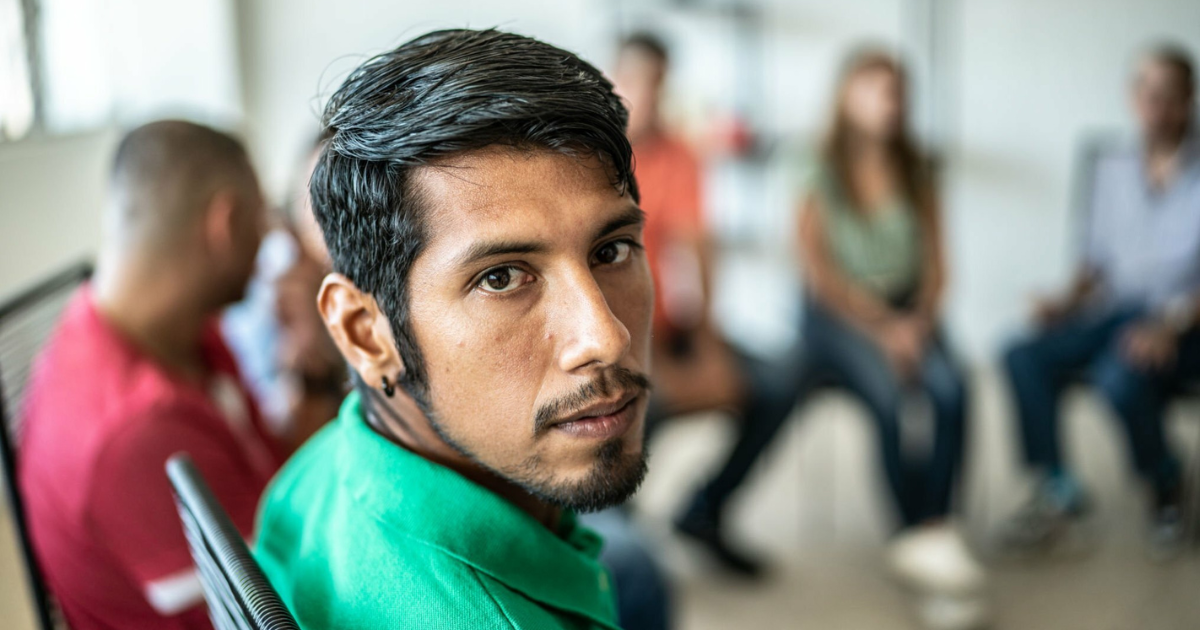
And if the lack of specialized programs wasn't disheartening enough, let's talk about the elephant in the room – the downright chilly reception many LGBTQ folks get from many counselors. Picture this: you're at your most vulnerable, and the person who's supposed to guide you through recovery dismisses your experiences or, worse, judges you for them. It's not just unhelpful; it's retraumatizing. It's like trying to heal a burn by throwing acid on it.
This isn't just about training staff to not be homophobic or transphobic (which should be a given); it's about deeply integrating an understanding of LGBTQ issues into the fabric of addiction treatment.
We need counselors who don't just tolerate LGBTQ individuals but truly comprehend the gay chemsex scene, the complexities of gay substance abuse, and the minefield that is LGBTQ mental health.
Moreover, the one-size-fits-all approach to addiction treatment just doesn't cut it. You can't treat a gay man's meth addiction the same way you'd treat a straight man's alcoholism because the underlying issues and societal pressures are worlds apart. It's like using a map of Mars to navigate the Earth – utterly useless and frustratingly irrelevant.
In short, the path to effective lgbtq substance abuse treatment is riddled with barriers, but they're not insurmountable. It starts with acknowledging the unique challenges faced by the LGBTQ community and committing to developing specialized programs that cater to these needs.
It's about training counselors to not just be LGBTQ-friendly but LGBTQ-informed. And most importantly, it's about treating LGBTQ individuals seeking help not as outsiders but as humans deserving of empathy, understanding, and a fair shot at recovery. Because at the end of the day, the goal is to heal, not to alienate.
addiction treatment for lgbtq
The Importance of Specialized Support
Specialized lgbt addiction treatment programs don't just help; they become lifelines, tailored beacons of hope in a world that often seems darkened by misunderstanding and prejudice.
Take, for instance, Alex Thompson, a 35-year-old supply chain manager who found himself ensnared in the clutches of cocaine addiction. For Alex, the road to recovery seemed like a mirage until he stumbled upon a treatment program designed specifically for LGBTQ individuals.
This wasn't your run-of-the-mill rehab center where one's sexuality is an afterthought. No, this place was different. It understood the intricate dance between Alex's identity and his addiction, treating both with the gravity they deserved.
This program wasn't just about detox or counseling sessions. It was about creating a community, a sanctuary where Alex could share his experiences without fear of judgment. Here, gay substance abuse wasn't a taboo topic but a shared battle.
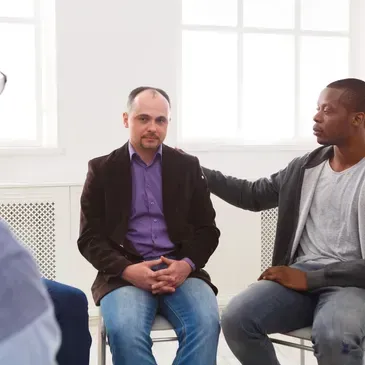
Group therapy sessions didn't skirt around the unique challenges of being gay and addicted; they tackled them head-on, from the pressure of societal norms to the shadow of HIV that looms large over the community.
And then there's the story of Jordan Lee, a 28-year-old teacher who battled with methamphetamine, a drug that has sunk its teeth deep into the fabric of the gay community. Jordan's salvation came in the form of a specialized "lgbt substance abuse" service that didn't just see him as another addict but as a gay man fighting against a current that threatened to pull him under. This program recognized the allure of "gay party drugs" and "gay chemsex" and addressed them not with condemnation but with compassion and understanding.
These specialized programs stand as testaments to the power of targeted support. They weave in elements of "gay men and drugs" education, safe sex practices, and mental health support, acknowledging that the path to recovery for a gay man is often intertwined with his sexual identity and the societal baggage that comes with it.
Success stories like Alex's and Jordan's underscore the importance of such programs. They're not just about getting clean; they're about rebuilding lives with all their unique facets intact. It's about recognizing that "lgbt addiction treatment" isn't a niche—it's a necessity.
Best practices from these programs paint a picture of what effective support looks like. It's inclusive, recognizing the diverse spectrum of the LGBTQ community. It's comprehensive, addressing not just the addiction but the underlying issues that fuel it, from discrimination and stigma to trauma and mental health. And perhaps most importantly, it's empathetic, offering a judgment-free zone where individuals can heal without having to hide or suppress a part of who they are.
In a world where "gay substance abuse" is often whispered about in hushed tones, these specialized support systems shout a message of hope. They remind us that recovery is possible, that understanding and empathy can break down even the tallest walls of addiction. For every Alex and Jordan, these programs are not just a route to sobriety; they're a journey back to themselves, a testament to the resilience of the human spirit, and a beacon of light in the darkest of times.

lgbt substance abuse
Strategies for Support and Recovery
Ethan Taylor's recovery journey paints a vivid picture of how tailored interventions can turn the tide for individuals grappling with substance abuse in the LGBTQ community.
Upon entering the treatment center, Ethan, a 32-year-old graphic designer, was met not with the cold, one-size-fits-all advice but with a warm, inclusive environment specifically designed to address the nuances of LGBTQ-related challenges.
In one of his first group sessions, the conversation turned to the topic of coming out—a rite of passage fraught with anxiety for many. Ethan listened as Jordan, a fellow group member, shared a heart-wrenching story about coming out to his father.
The conversation was no longer abstract; it was a raw, emotional recount of Jordan's father slamming the door in his face, leaving Jordan to navigate his teenage years with an aching void where paternal support should have been. This wasn't just talk therapy; it was a shared healing experience, validating Ethan's own fears and struggles with acceptance.
Ethan's treatment included role-playing exercises that mirrored real-life scenarios, such as attending a family gathering where his partner was not welcome. Guided by a therapist with deep insights into the LGBTQ psyche, Ethan practiced ways to assert his identity and boundaries, turning hypothetical confrontations into opportunities for empowerment and self-affirmation.
Art therapy sessions became a canvas for Ethan's internal turmoil. One project involved creating a visual representation of his "inner critic"—the voice that echoed societal disdain for his identity. Through vibrant swirls of paint, Ethan confronted this critic, transforming it from a source of pain to a symbol of his resilience and strength.
Alex Rivera, Ethan's peer mentor, shared his own narrative of overcoming addiction amidst the shadows of gay chemsex culture. Their weekly coffee meetings became more than just check-ins; they were sessions of shared wisdom, laughter, and sometimes tears, illuminating the path to sobriety with the glow of lived experience.
Mindfulness sessions were tailored to confront the unique stressors Ethan faced. In one session, he visualized a confrontation with his estranged brother, breathing through the tension and visualizing a bridge of understanding, a mental exercise that later helped him navigate a real-life reconciliation.
The staff's training in cultural competence meant that Ethan never had to explain or justify his identity; it was inherently understood and respected. This created a foundation of trust, allowing Ethan to fully engage in his recovery without the added burden of stigma.
Advocacy training equipped Ethan with the tools to navigate the healthcare system, advocate for LGBTQ-friendly services, and educate others about the intersection of LGBTQ identity and substance abuse, transforming him from a passive recipient of care to an active participant in his recovery and the well-being of his community.
Ethan's journey through tailored interventions in his treatment program highlights the profound impact of addressing the specific needs and experiences of LGBTQ individuals in substance abuse recovery. It's a testament to the power of empathy, understanding, and the right support in forging a path to sobriety and self-acceptance.
Gay Men, Meth and Other Drugs
HOW TO GET HELP
RESOURCES
Centers For Disease Control
The CDC provides information on substance abuse among gay and bisexual men, including the impact of homophobia, discrimination, and violence on alcohol and drug use. It also offers a Substance Abuse Treatment Facility Locator and a helpline for those in need of assistance.
Website: https://findtreatment.gov/
Help Line: 800-662-HELP
The Recovery Village Ridgefield
This organization offers LGBTQ-specific addiction resources and provides specially trained addiction professionals who understand how to treat LGBTQ individuals. They also offer residential treatment programs, partial hospitalization programs, and intensive outpatient programs.
.
Website: https://www.ridgefieldrecovery.com/resources/lgbtq-addiction/
Help Line: (855) 602-7202
Addictions.com
This website provides a list of 25 LGBTQ addiction and mental health support resources, including organizations that offer assistance to the LGBTQ+ community in overcoming substance abuse and mental health challenges.
Website: https://www.addictions.com/lgbtq-addiction-mental-health-resources/
Help Line: 800-7 if85-0495
Rehab
Pride Institute
Website: https://pride-institute.com/
Inspire Recovery
Inspire Recovery is an LGBTQ-affirming addiction rehab center that provides a safe space for the LGBTQ community.
Website: https://inspirerecovery.com/contact-us/
Blog: https://inspirerecovery.com/inspire-recovery-lgbtq-blog/
List of LGBT-friendly Rehab Centers
Website: https://americanaddictioncenters.org/rehab-guide/lgbt
SAFE Project
The SAFE Project provides a list of addiction and mental health resources for the LGBTQ+ community, including organizations such as Gay & Sober, Gay and Lesbians in Alcoholics Anonymous, and Inspire Recovery, which offer support and recovery resources for individuals dealing with alcoholism.
Website: https://www.safeproject.us/resource/lgbtq/
The Trevor Project
The Trevor Project provides crisis intervention and suicide prevention services to LGBTQ+ young people under 25. They offer a 24/7 support line and online chat for individuals struggling with alcoholism, drugs and mental health issues.
Call: 1-866-488-7386
Text: 678-678
LGBT National Help Center
The LGBT National Help Center offers a hotline and online chat service for LGBTQ+ individuals seeking support for alcoholism and substance abuse. They provide a safe and confidential space to talk about the unique issues faced by the LGBTQ+ community.
Website: https://lgbthotline.org/national-hotline/
Hotline: 888-843-4564
SAMHSA’s National Helpline
SAMHSA’s National Helpline is a free, confidential, 24/7, 365-day-a-year treatment referral and information service for individuals and families facing mental and/or substance use disorders. It provides resources for individuals and families dealing with alcohol abuse or drug abuse problem.
Website: https://www.samhsa.gov/find-help/national-helpline
Book Resource
"Gay Men and Substance Abuse: A Basic Guide for Addicts and Those Who Care for Them" is a book that serves as a valuable resource for individuals struggling with substance abuse or addiction, addressing the cultural and personal challenges they may face.
